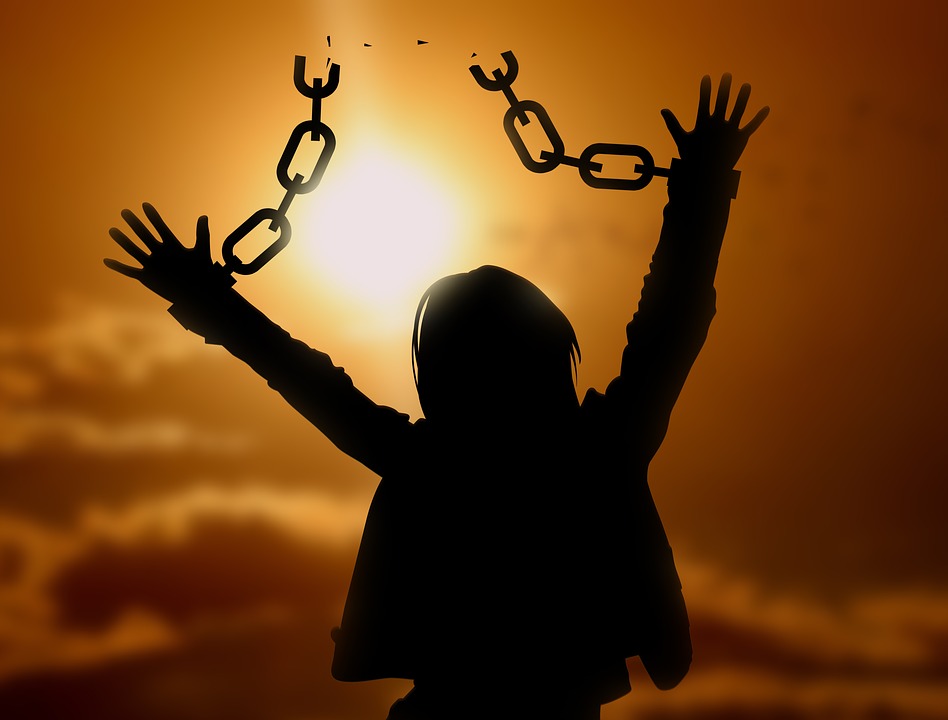At yesterday’s feast of Christ the King, we read the Colossians hymn in which St. Paul spoke of Christ’s power to deliver us:
Let us give thanks to the Father, who has made you fit to share in the inheritance of the holy ones in light. He delivered us from the power of darkness and transferred us to the kingdom of his beloved Son, in whom we have redemption, the forgiveness of sins (Col 1:12–14).
So, what is deliverance? It is what happened to you when Christ took you out of the kingdom of darkness and transferred you to the Kingdom of Light, to the Kingdom of His beloved Son.
Notice that the action is in the past tense. Deliverance has happened to us. When we were baptized, we died to this world of sin and rose to new life in Christ. Hence, deliverance is accomplished. The key point is to live out of this reality and to experience its effects more and more deeply as our maturity in Christ grows.
So, deliverance involves taking hold of the full freedom that God is given us, of helping the faithful who struggle to lay hold of the glorious freedom of the children of God (cf Rom 8:21). St. Paul is told of his mission (and ours, too) by the Lord: I am sending you to [the Gentiles] to open their eyes and turn them from darkness to light, and from the power of Satan to God … (Acts 26:17–18).
Fundamentally, this is a description of the ongoing work of deliverance that the entire Church must accomplish for God’s chosen people. The goal of deliverance is to take people out from under Satan’s power and place them under the authority and Lordship of Jesus Christ. It is to bring (or restore) people to their true identity as sons and daughters of God.
For, even after our baptism, we can open the door to Satan, enabling him some degree of access to our heart and mind. When a Christian does this, he (working with others, clergy and/or fellow believers) must take a stand against the devil’s schemes by repenting of sin and renouncing any form of agreement with Satan’s deceptions.
Deliverance involves coming to an understanding of the tactics of the evil one and recognizing the flawed thinking that often infects our mind. It involves coming to know and name the devil’s tactics and these deep drives of sin within us. It involves repenting and resisting their influence so that we come to greater serenity, peace, and healing—to deliverance.
This deliverance is effected in many ways: through the Word of God proclaimed and devoutly read, through the frequent reception of the sacraments of Holy Communion and Confession, through spiritual direction, through the experience of the Sacred Liturgy, through praise and worship, through authentic fellowship with other believers, through personal prayer, through psychotherapy where necessary, and through what might be called a deliverance ministry, which often involves both clergy and laity praying together with those who struggle and offering them support and encouragement.
There has been a tendency to see deliverance as a specialized ministry to those undergoing particular struggles, but it is more than that. Deliverance is something all of us have received, and each of us needs to experience more fully. It is also something we are all called to facilitate in others. In tomorrow’s post we will examine some more specific forms of deliverance ministry, but the main point of today’s post is that deliverance is for everyone. We are all in need of it. Jesus has accomplished it for us already. It is simply for us to begin to experience its power in our life.
.


